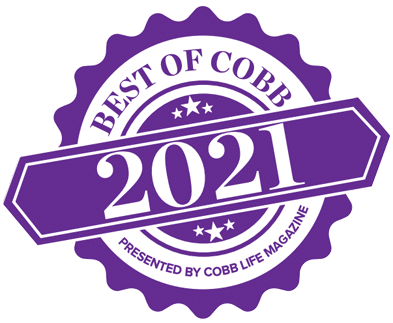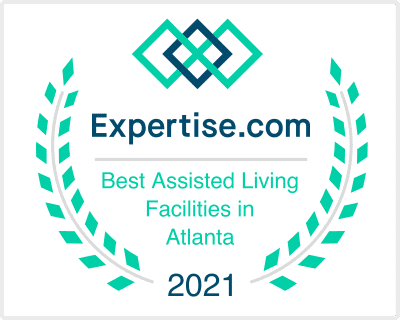We live in a world of opportunity, where there are many options all around us. Want to order something online? Hop on Amazon which offers well over 1 million items and has it delivered by drones right to your doorstep. While convenience like this and multiple options can be wonderful at times, there can also be added confusion about what is really best for us.
Woodland Ridge wants to help you as you navigate the decisions concerning senior living communities. Two of the most well-known types of residential senior care are assisted living communities and nursing homes (also known as skilled nursing facilities). While there is certainly many overlapping attributes, we would like to share three ways that an assisted living community, like Woodland Ridge Assisted Living, differs from a skilled nursing facility.
Type of Care
Assisted living communities offer a variety of non-medical care. It includes daily personal care and medication management, and possibly outside services such as in-community therapies and even hospice. Often times, because there is such an emphasis on relationship and creating a warm, inviting atmosphere the way in which this care is provided is professional with a strong sense of kindness and not as clinical.
On the other hand, skilled nursing facilities, being focused on physical care, 24/7 skilled medical care. This type of care is important because the residents tend to have illnesses or mental conditions that usually need fulltime monitoring and medical care.
Amenities
Because overall wellness is a key factor of an assisted living community, amenities are a critical part of providing care to seniors. Social activities, housekeeping, meals, and transportation to outside activities are all a part of the wide spectrum of what is provided on a daily basis for residents of assisted living communities. The attitude is to continue engaging seniors in living life as full as possible. Often time, residents experience more enjoyment in a community than they do isolated and alone in their homes.
Skilled nursing facilities provide some level of social activity, housekeeping, and meal schedule but the emphasis is often on maintaining basic levels of care because the health of the resident could be in jeopardy. Many residents are less mobile, and moving the resident around could place them at risk. Their amenities will be based on the ability to give round-the-clock care for people with chronic medical conditions, severe pain, or permanent disabilities.
Forms of Payment
Assisted living communities, which don’t provide the same type of medical support as a skilled nursing facility, are typically less expensive. The annual cost can be covered in a number of ways. Private pay, supplemental security income, Veterans aid, long-term insurance and some limited Medicaid are available forms of payment for assisted living communities. Private funds, such as 401k or real estate sales, can be used to cover cost.
Skilled nursing facilities, also described as nursing homes, can be paid for privately, with long-term care insurance, Medicare or Medicaid. However, there can be complex and seemingly confusing rules about paying for skilled nursing care. Make sure that you are aware of all the guidelines in place that you must adhere to in order to qualify.
As you can determine, assisted living communities are focused on providing overall physical, mental, and social wellness care whereas skilled nursing facilities are more acutely focused on the physical care needed. Rather than paying for a skilled nursing facility, many seniors, living strong lives, choose to stay in an assisted living community and pay for additional care services as the needs arise. To discover more about all that Woodland Ridge has to offer as an assisted living community, contact us today!
- Eating Right is Eating Well - March 15, 2019
- Ginger – March Resident of the Month - March 1, 2019
- Tracy Williams – March Employee of the Month - March 1, 2019



